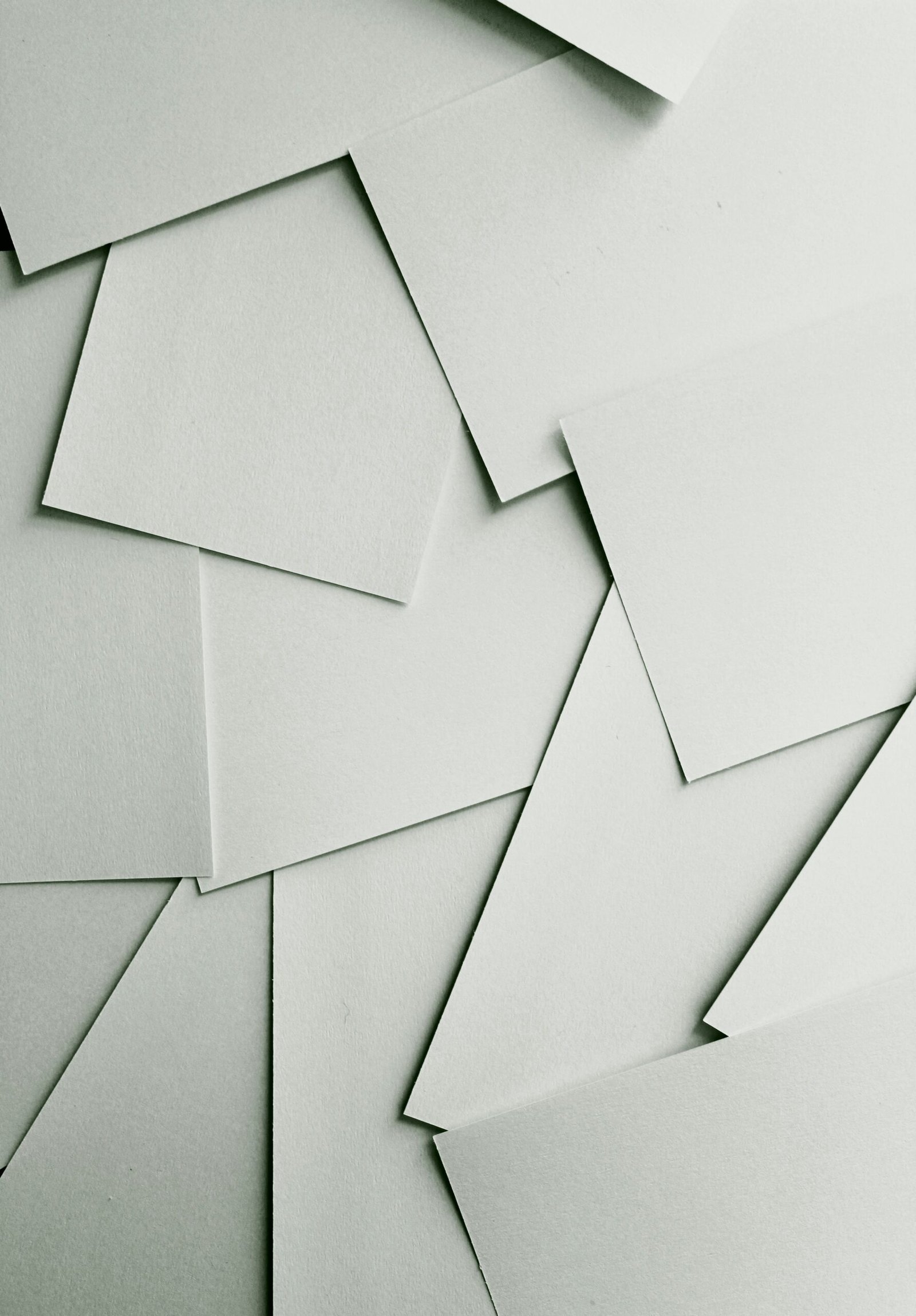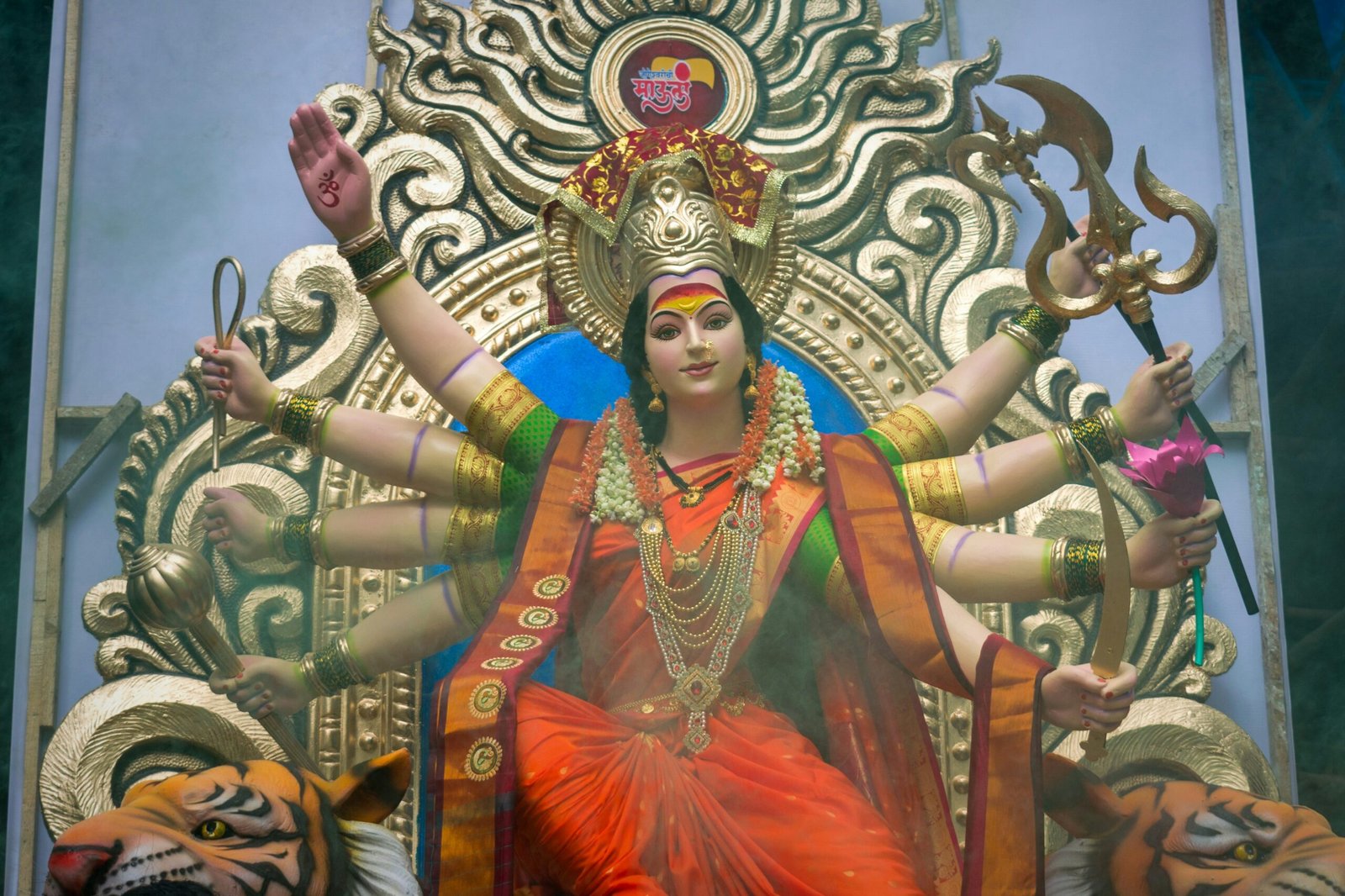Intertwining the vibrant tapestry of Saudi Arabian culture with the realm of UI/UX design presents an intriguing opportunity. Envision the creation of digital experiences that resonate with the echoes of the desert, the lively rhythm of bustling souks, and the tranquil grandeur of ancient mosques.
Saudi Arabia, a nation steeped in history and tradition, offers a wealth of inspiration to designers seeking to infuse their creations with a sense of cultural identity. By incorporating elements of Saudi Arabian culture into UI/UX design, designers can craft experiences that are both visually stunning and deeply meaningful.
Colors of Saudi Arabia
The colors of Saudi Arabia are as diverse as its landscapes. From the golden hues of the desert sands to the vibrant blues of the Red Sea, the country’s natural beauty provides a rich palette for designers to draw upon. Incorporating these colors into UI/UX design can evoke a sense of awe and wonder, transporting users to the heart of the Saudi Arabian experience.
For example, using warm earth tones reminiscent of the desert can create a sense of warmth and comfort, while cool blues and greens can evoke a feeling of tranquility. By carefully selecting and combining colors, designers can create visually captivating interfaces that reflect the essence of Saudi Arabia.
Typography Inspired by Arabic Calligraphy
Arabic calligraphy is an art form that holds great significance in Saudi Arabian culture. The elegant curves and intricate details of Arabic script can be a source of inspiration for typography in UI/UX design. By incorporating elements of Arabic calligraphy into digital interfaces, designers can create a unique visual language that pays homage to the country’s cultural heritage.
Using calligraphic fonts or incorporating Arabic script as decorative elements can add a touch of authenticity to the design. However, it is important to strike a balance between aesthetics and readability, ensuring that the typography enhances the user experience rather than hindering it.
Patterns and Textures
The rich patterns and textures found in Saudi Arabian art and architecture can be a source of inspiration for UI/UX designers. From the intricate geometric patterns of Islamic art to the ornate motifs found in traditional textiles, these elements can add depth and visual interest to digital interfaces.
Integrating patterns and textures into UI/UX design can create a sense of authenticity and cultural immersion. Whether it is through the use of intricate borders, geometric shapes, or textured backgrounds, designers can create visually captivating experiences that reflect the cultural heritage of Saudi Arabia.
User-Centric Design with Cultural Sensitivity
While incorporating elements of Saudi Arabian culture into UI/UX design is an exciting endeavor, it is crucial to approach it with cultural sensitivity. Designers must ensure that their creations are respectful and inclusive, catering to the needs and preferences of a diverse user base.
Understanding the cultural nuances and preferences of the target audience is essential for creating user-centric designs. Conducting user research and gathering feedback from Saudi Arabian users can provide valuable insights into their expectations and preferences.
In conclusion, weaving the rich tapestry of Saudi Arabian culture into UI/UX design offers a captivating opportunity to create digital experiences that are visually stunning and culturally meaningful. By incorporating the colors, typography, patterns, and textures inspired by Saudi Arabian culture, designers can craft interfaces that reflect the essence of the country. However, it is important to approach this endeavor with cultural sensitivity and ensure that the designs are user-centric and inclusive.










Leave a Reply